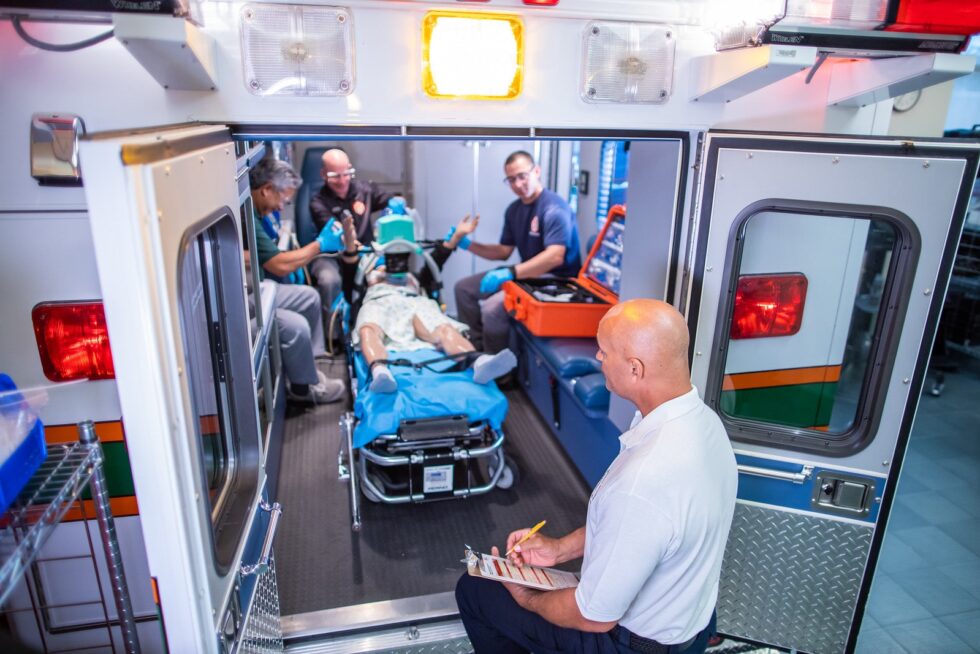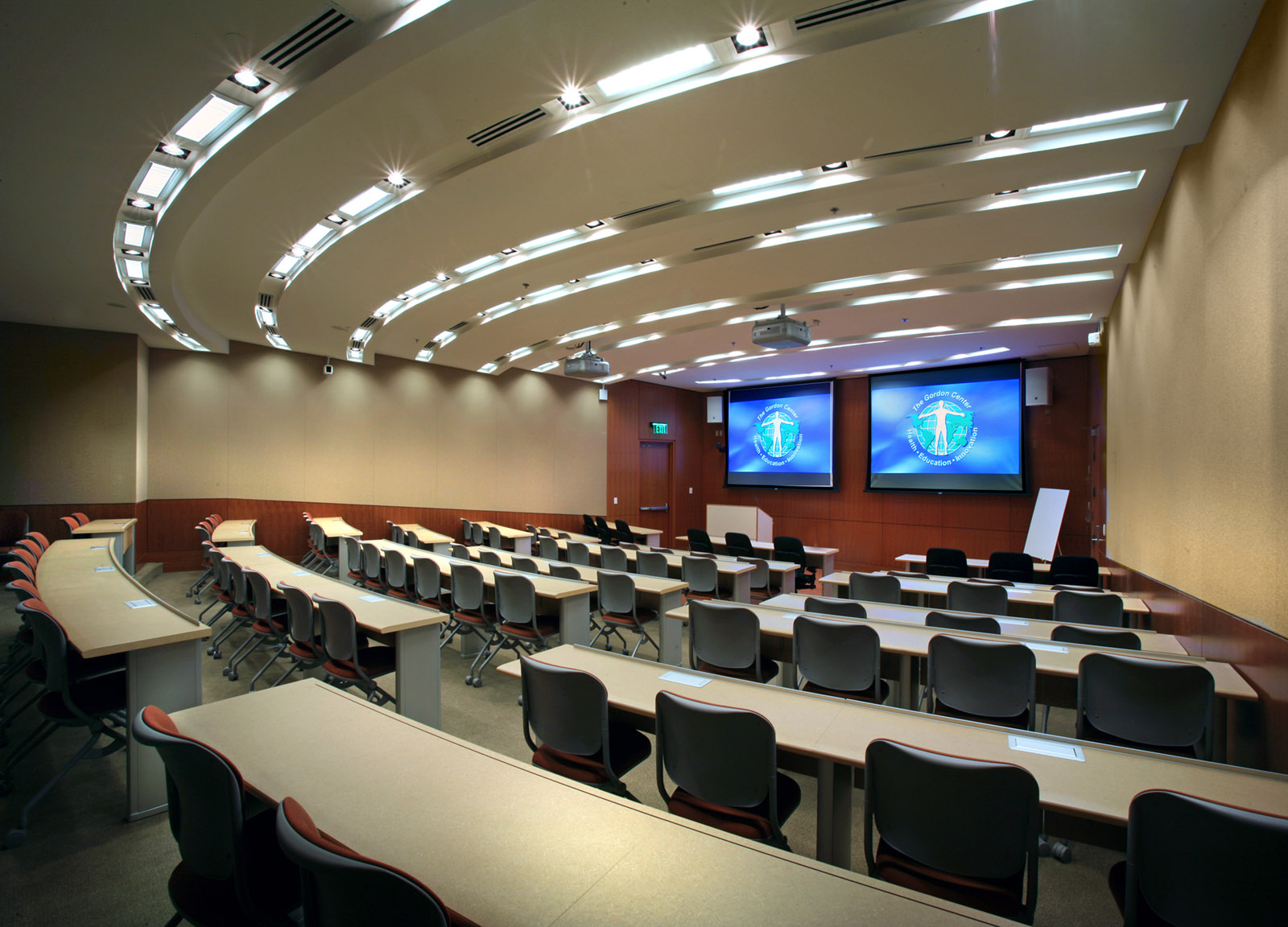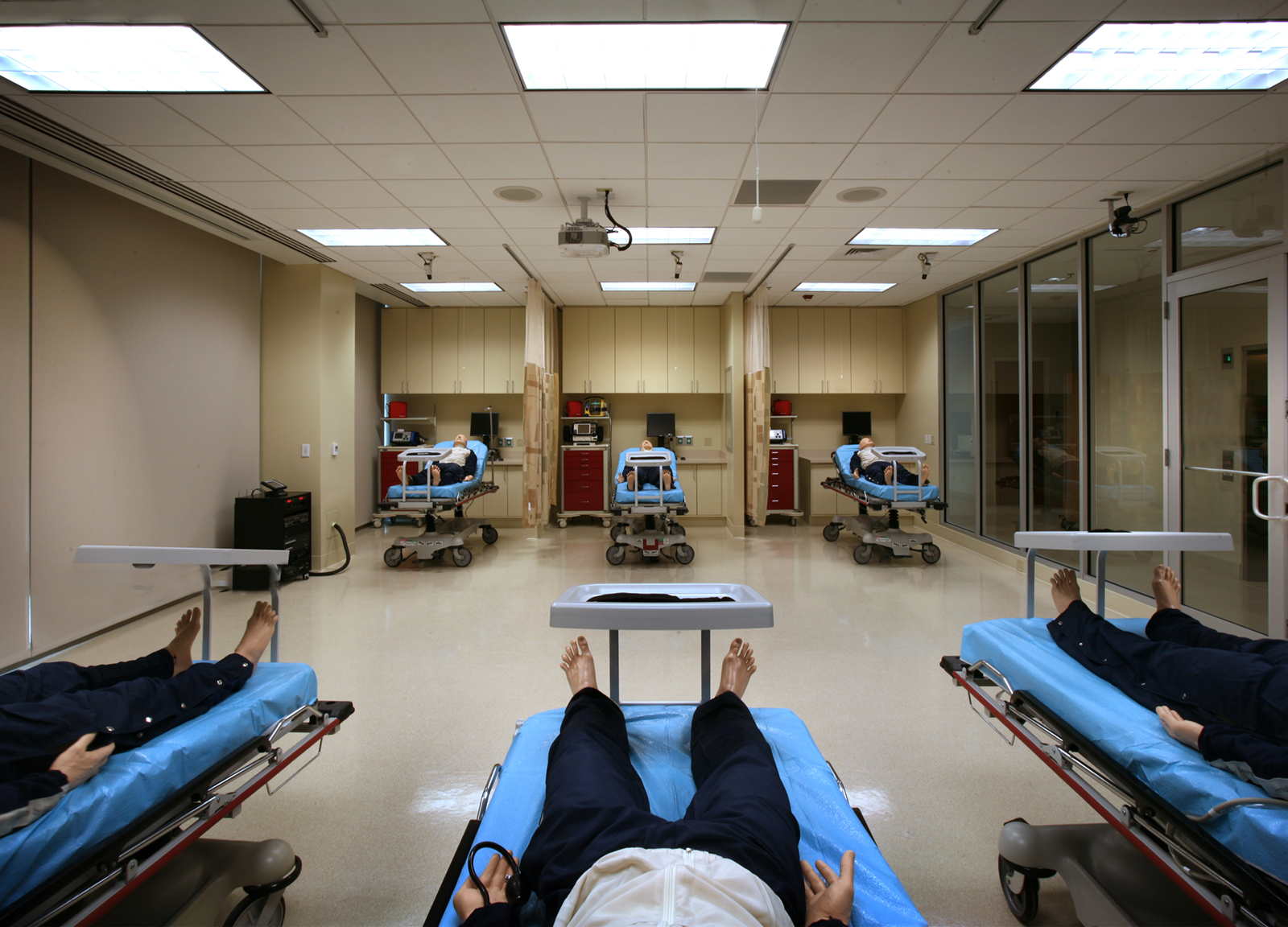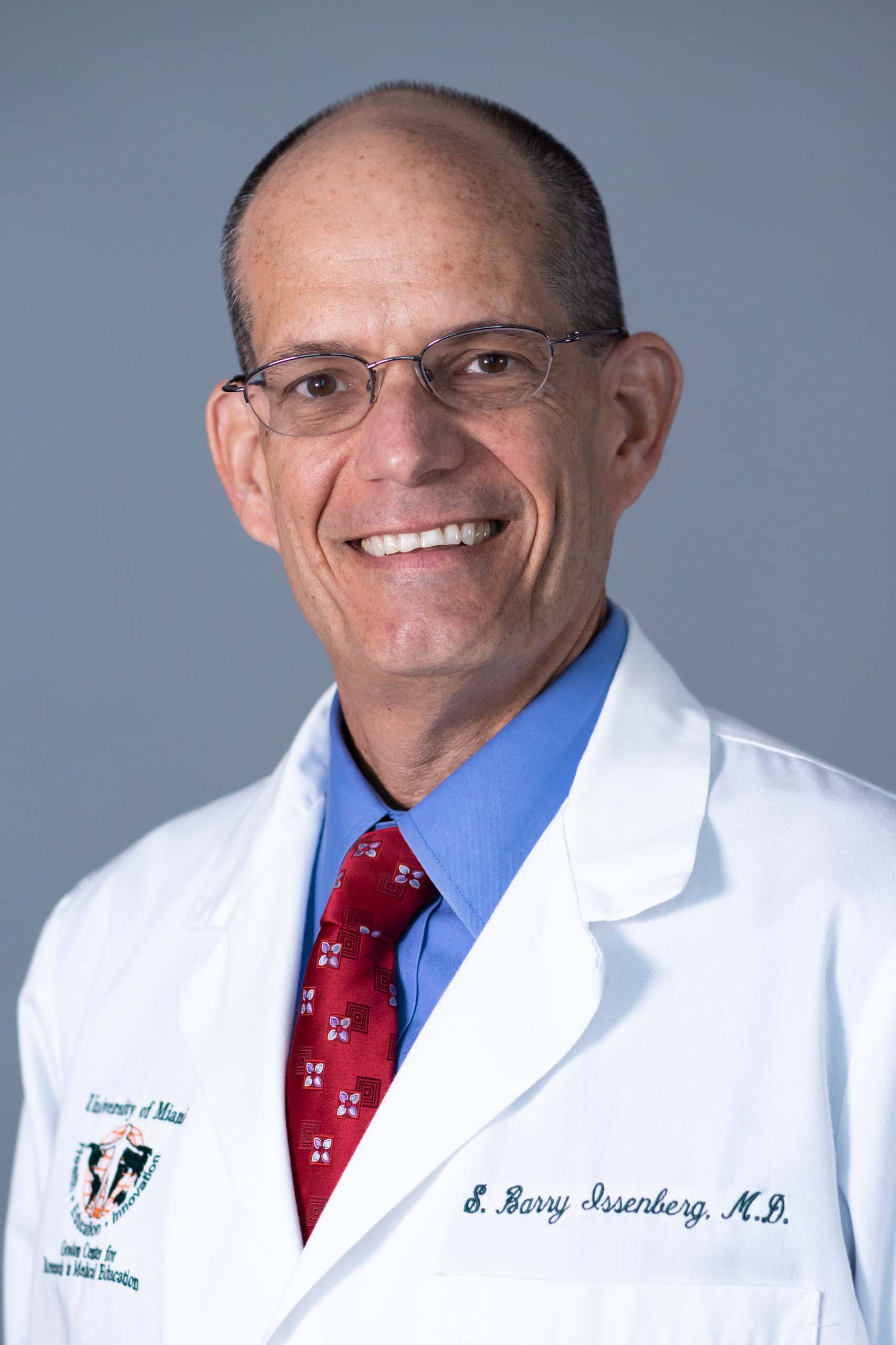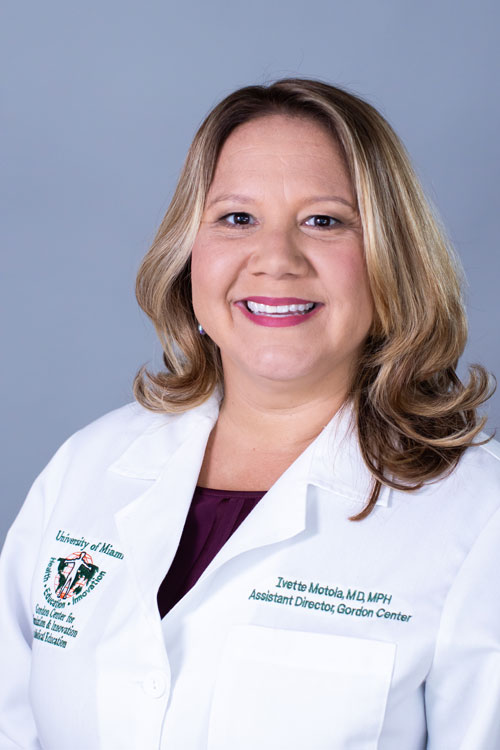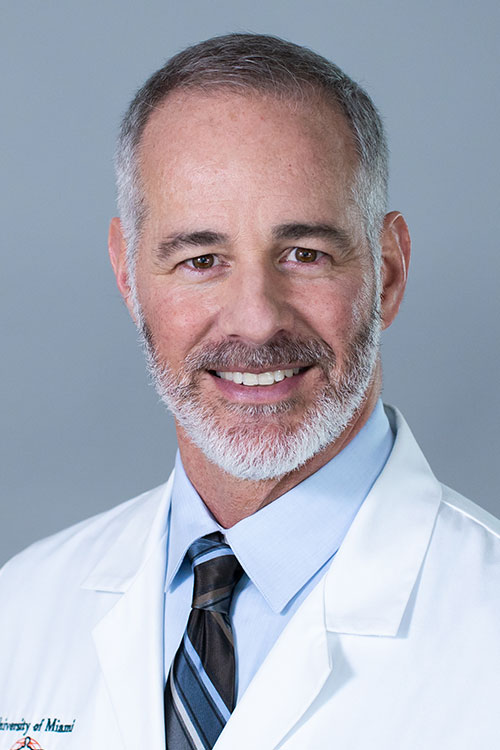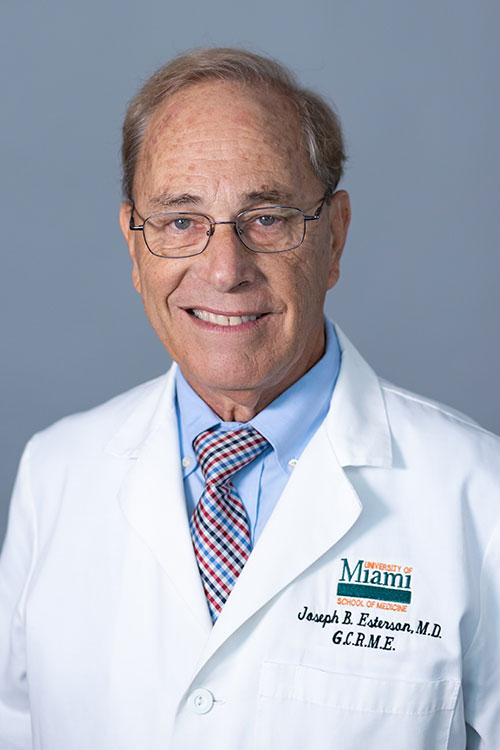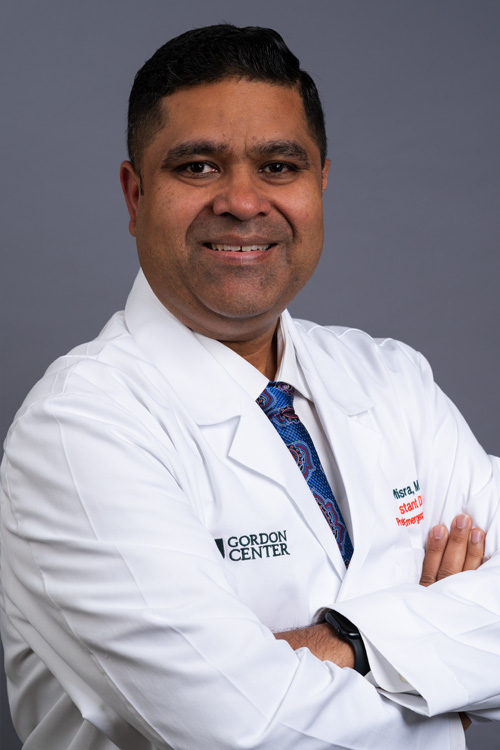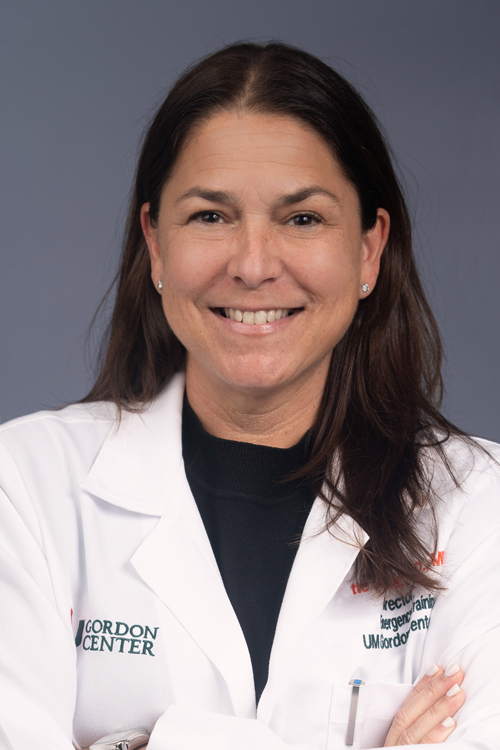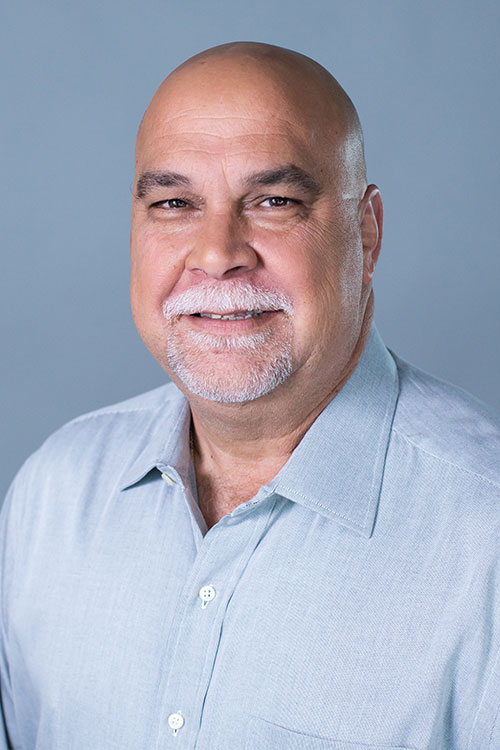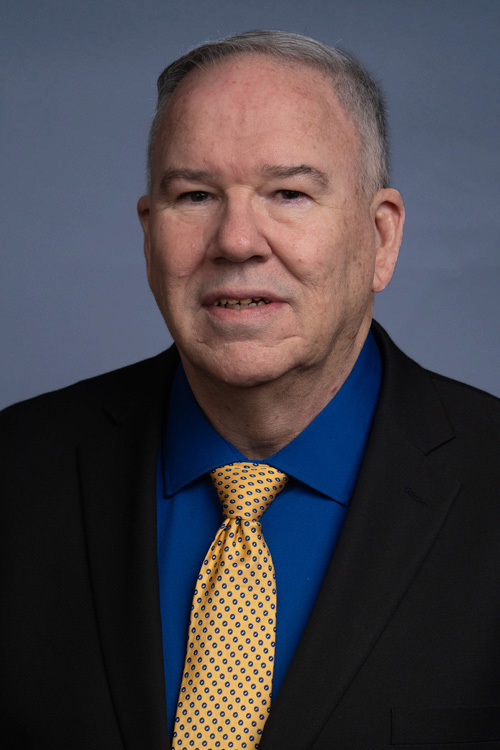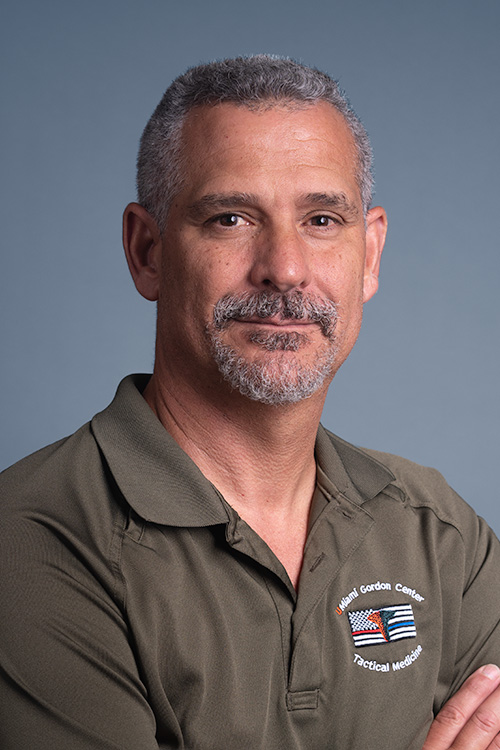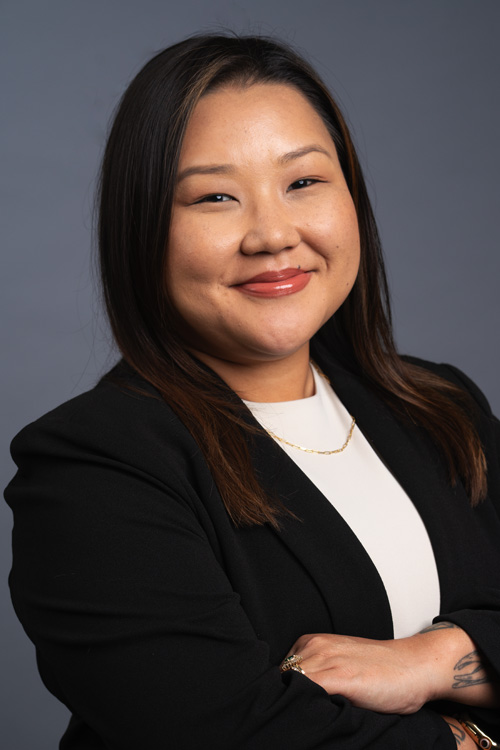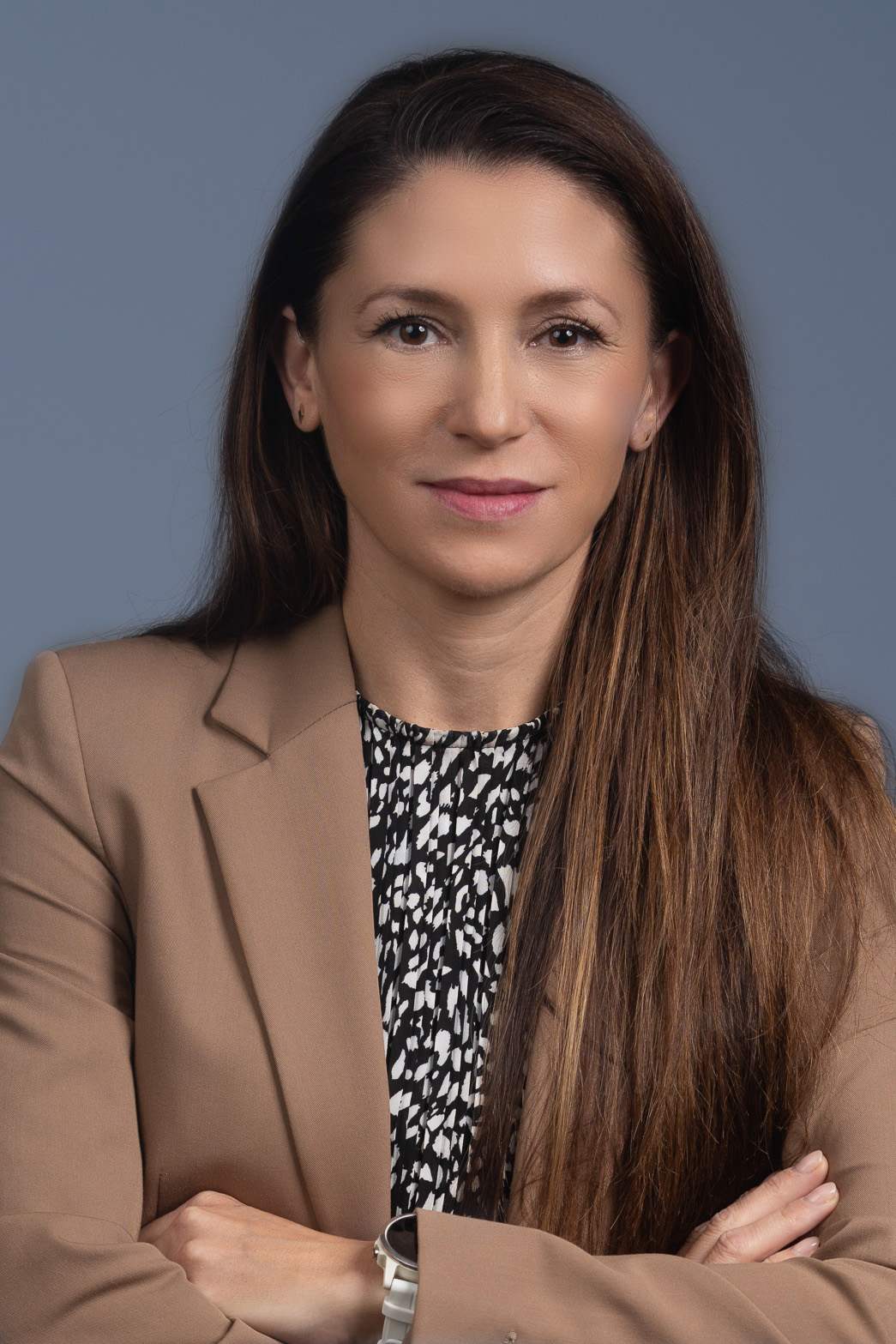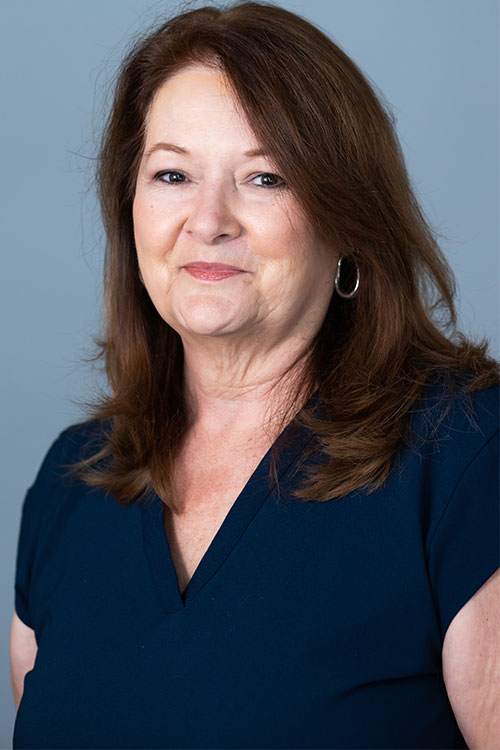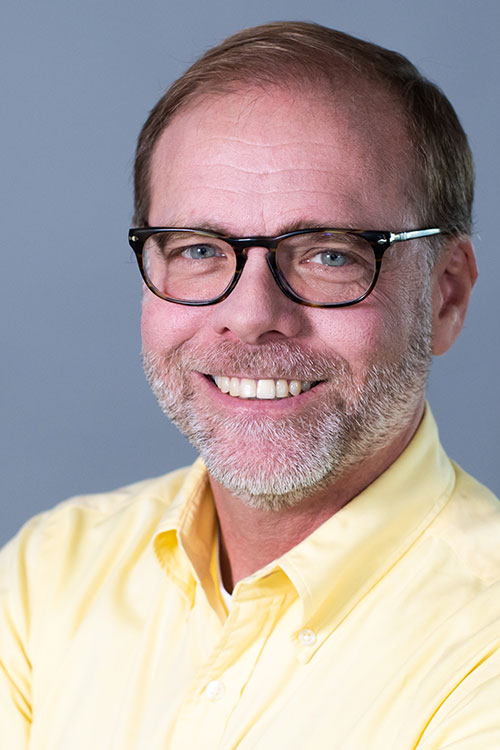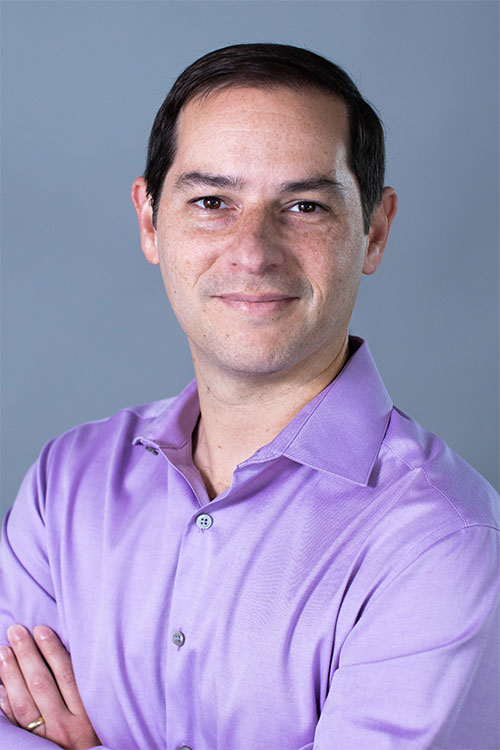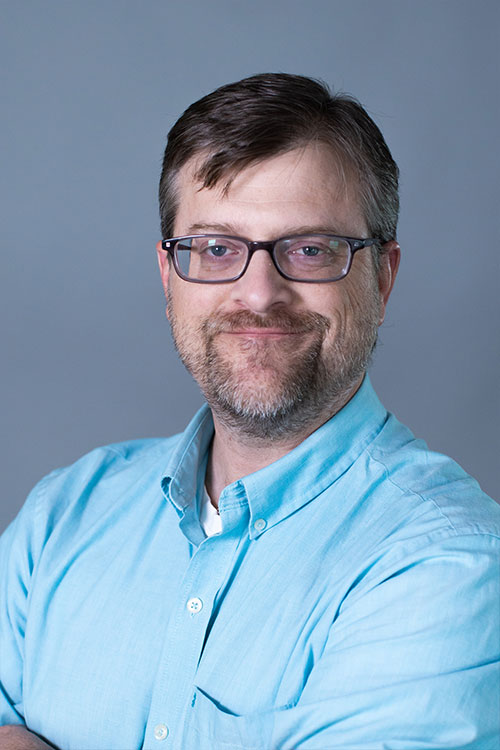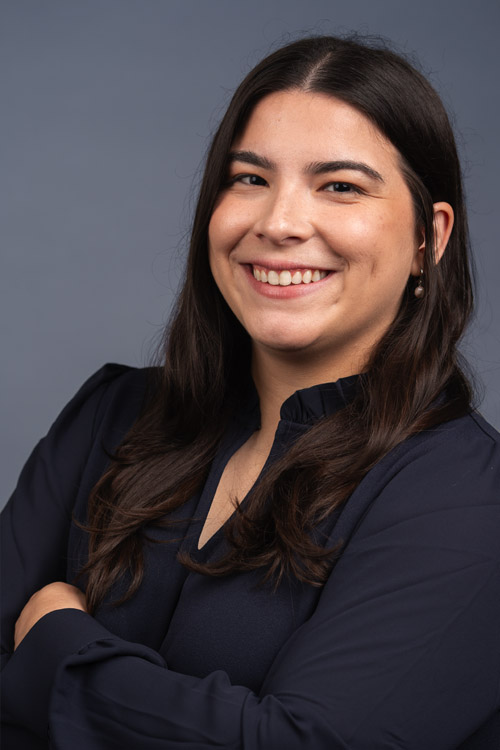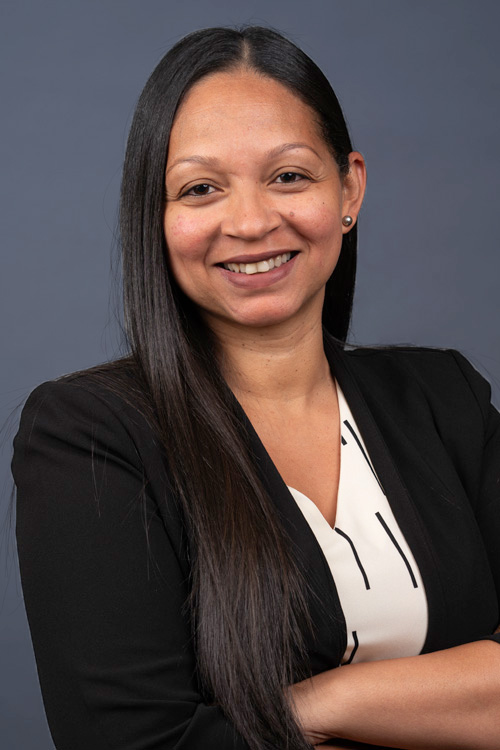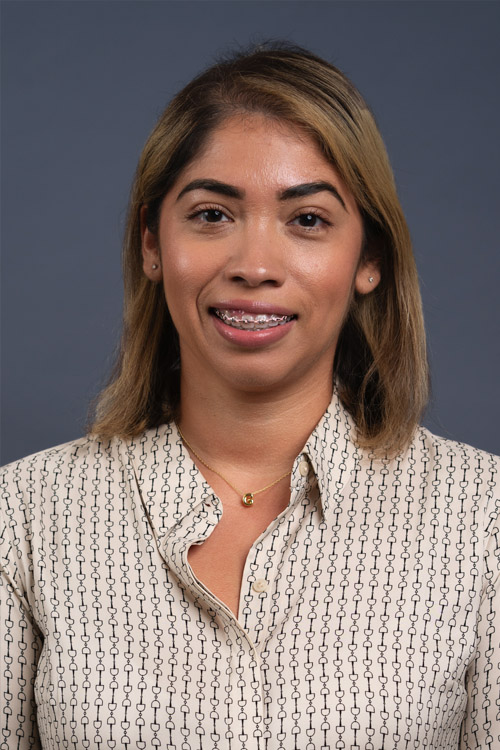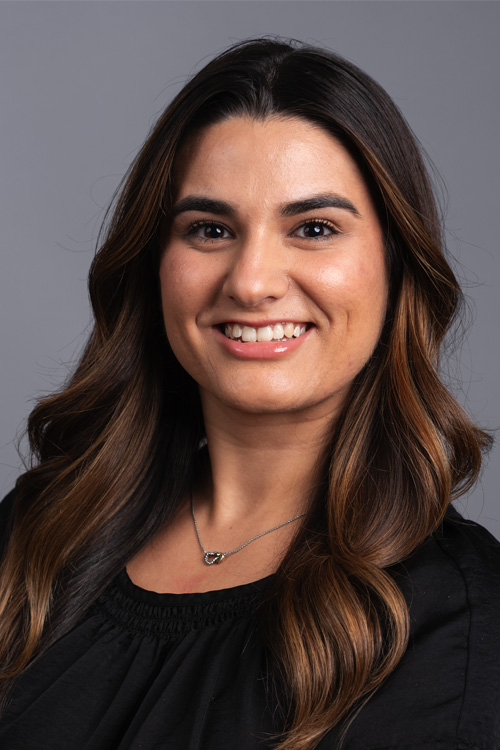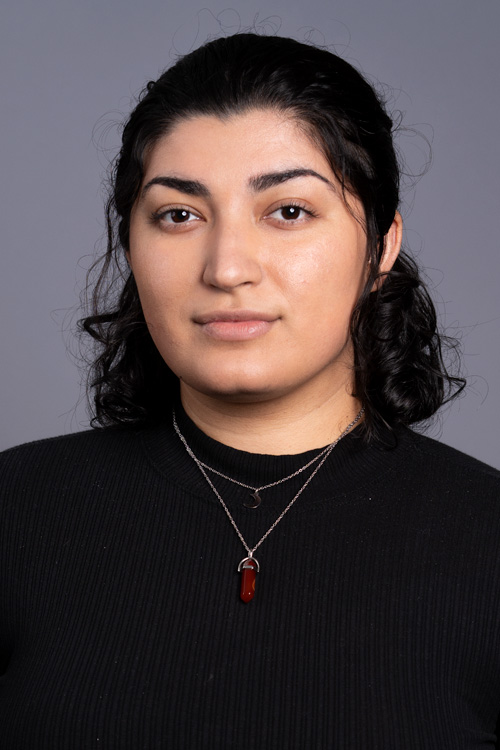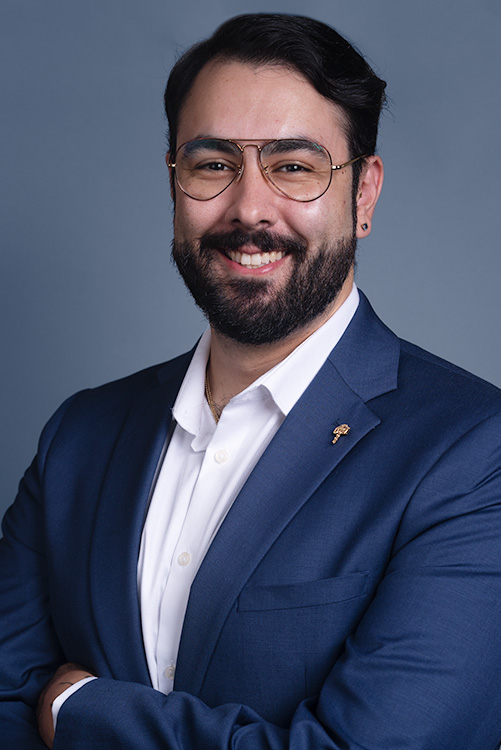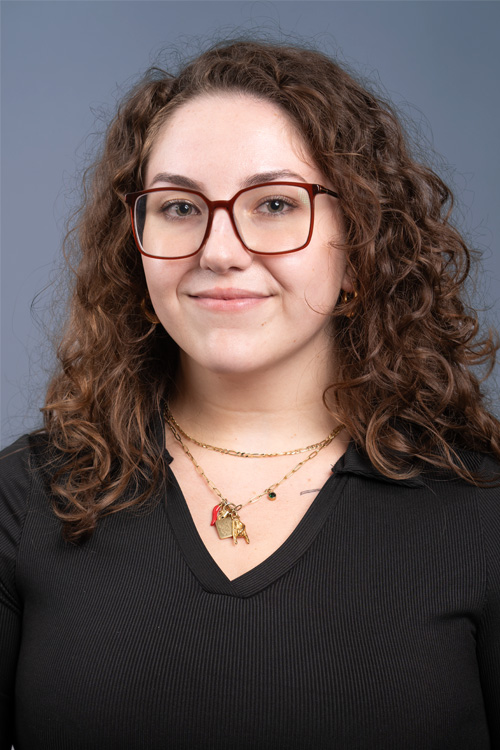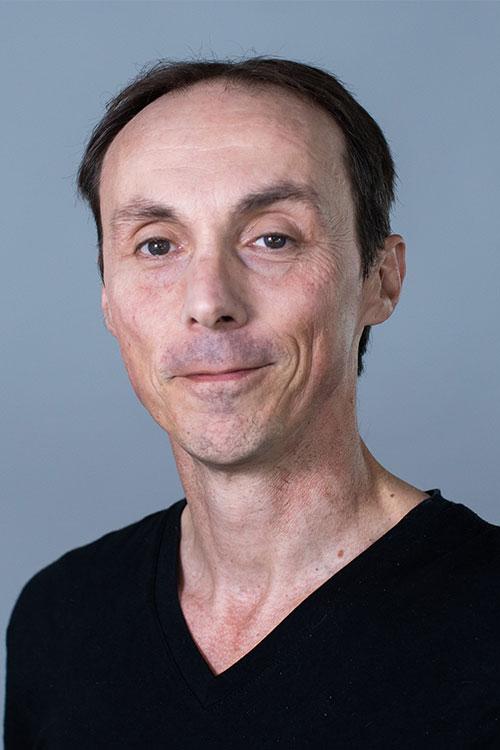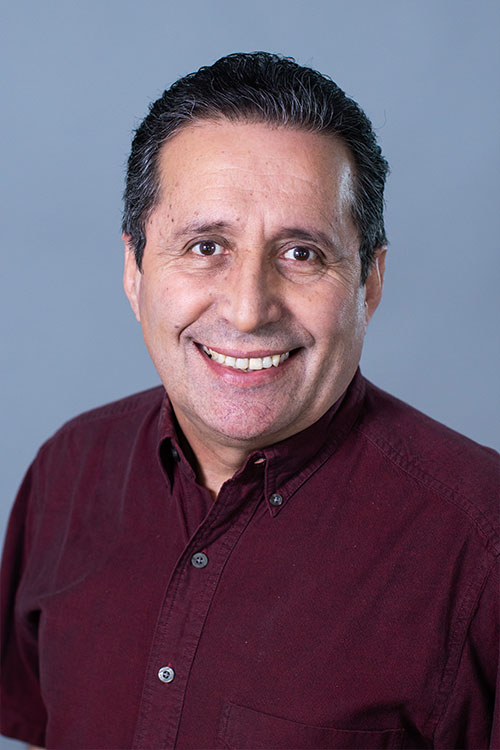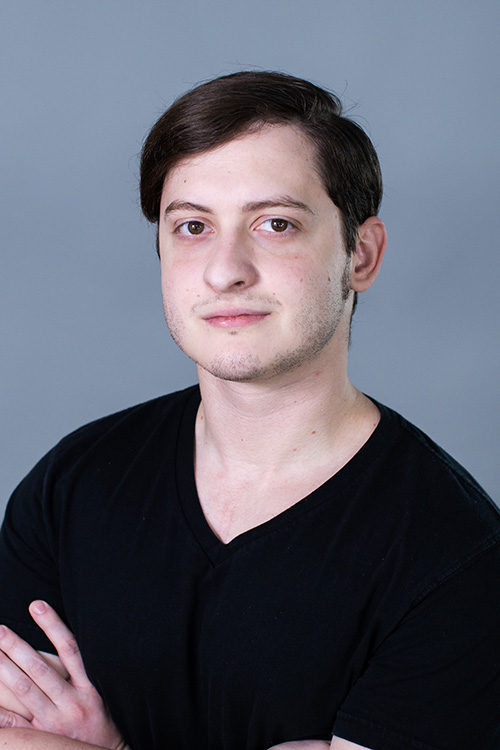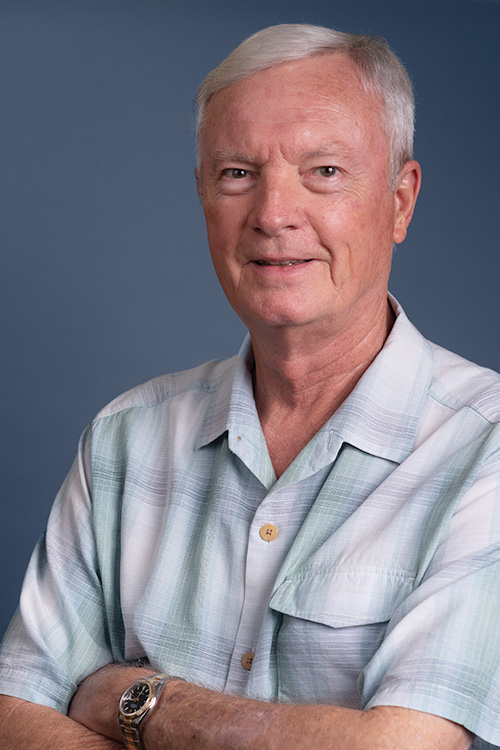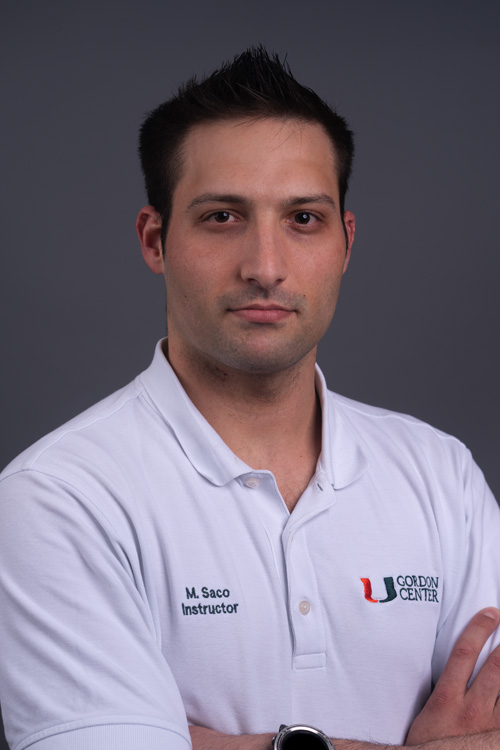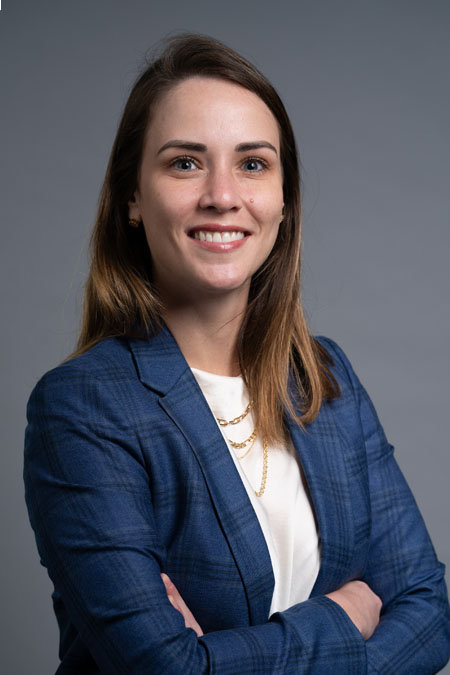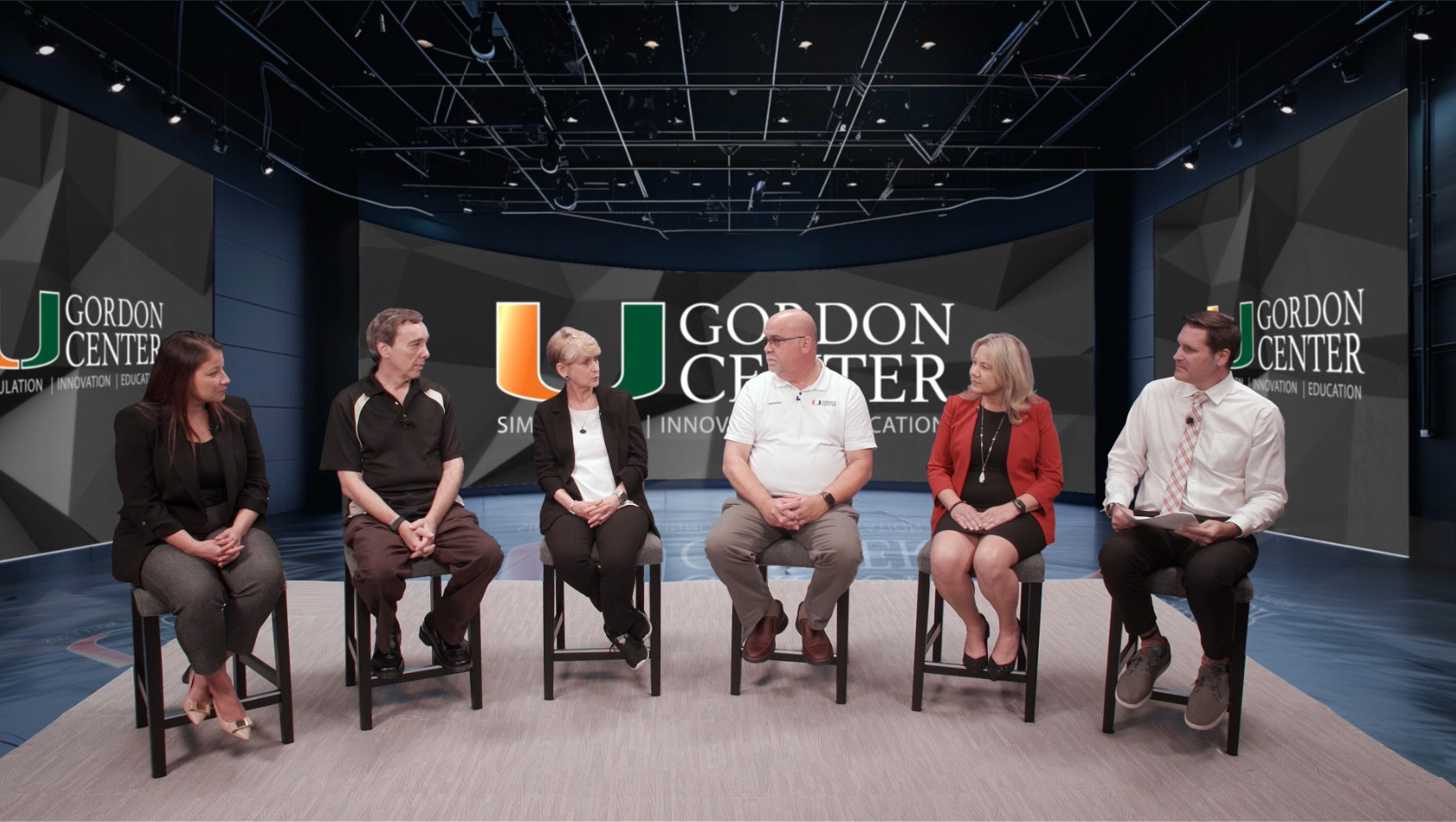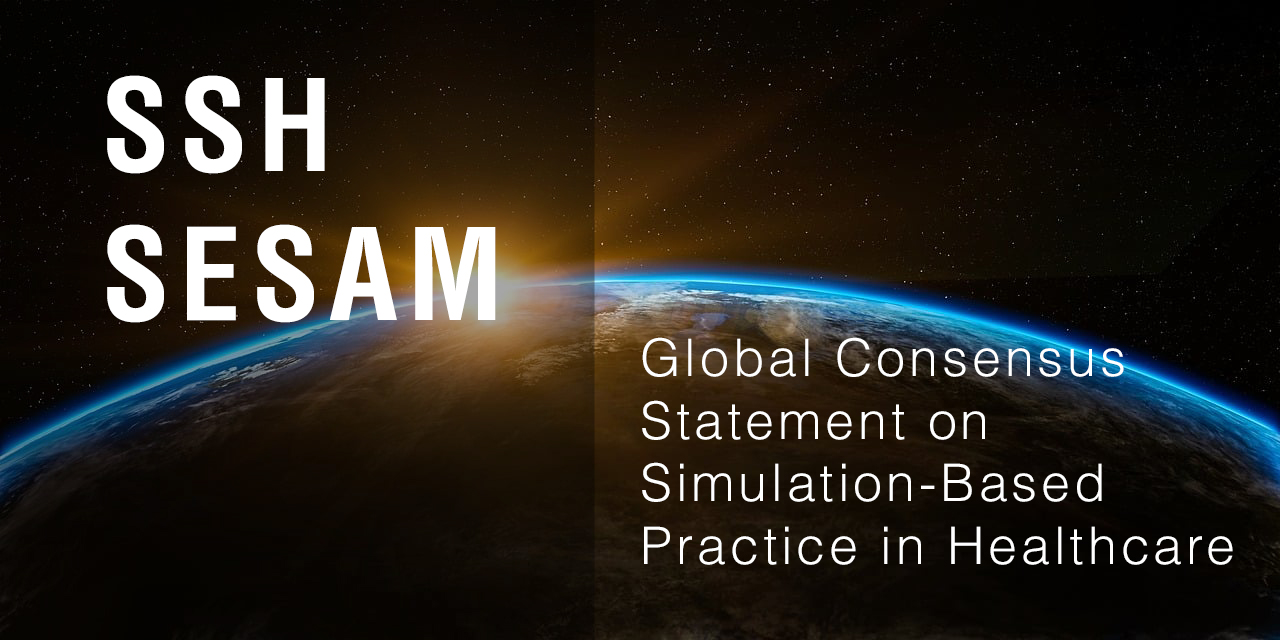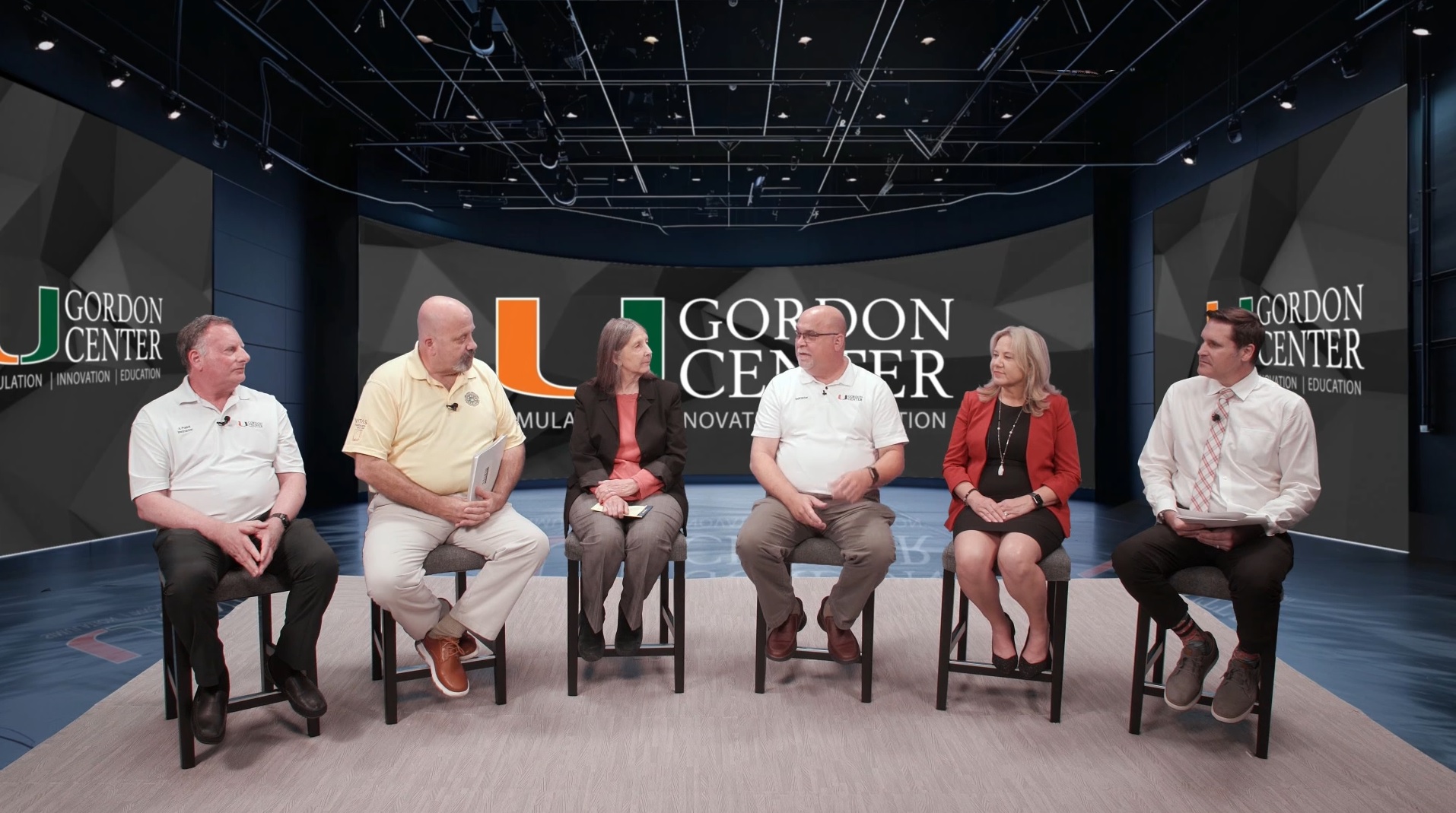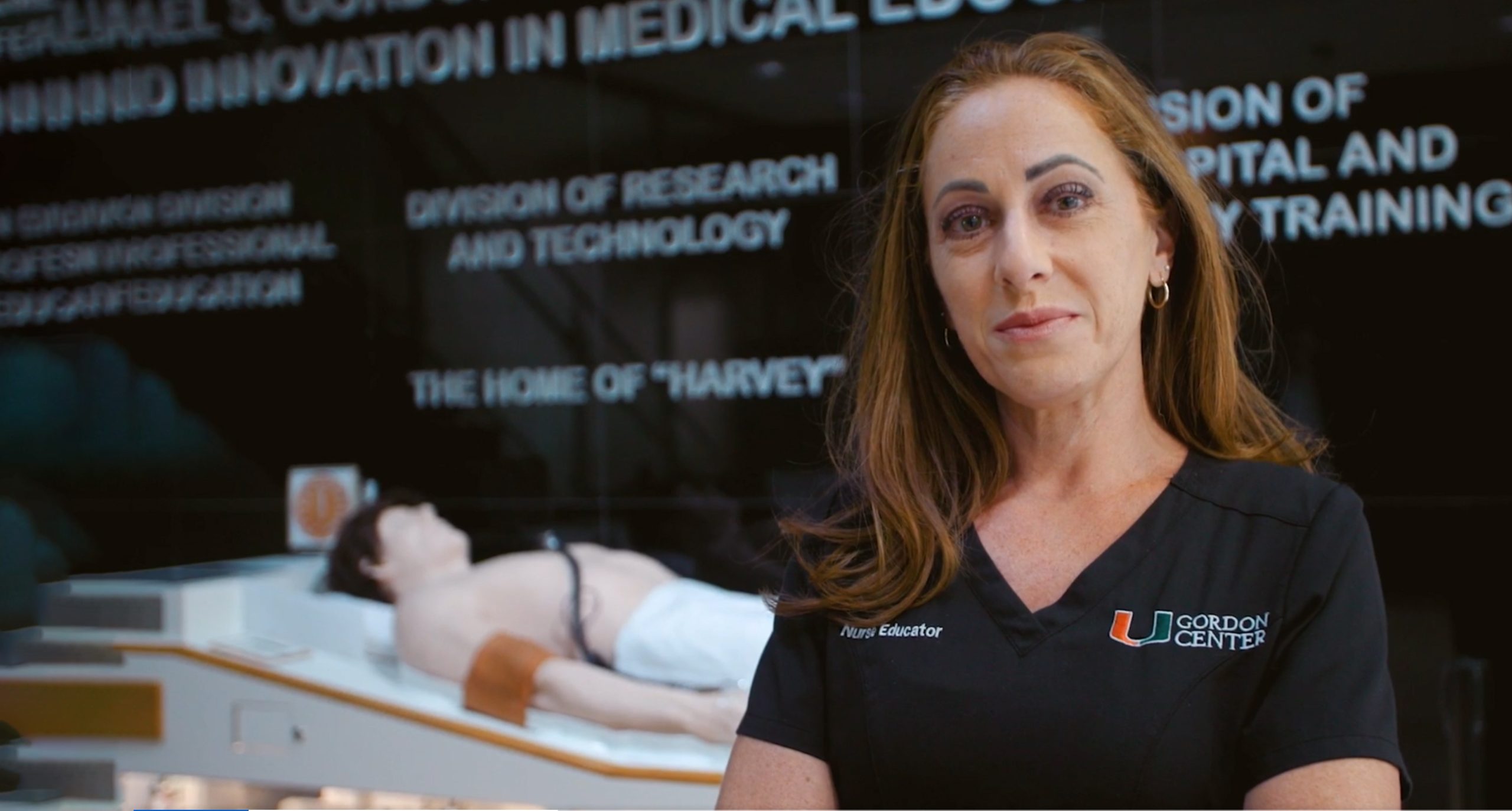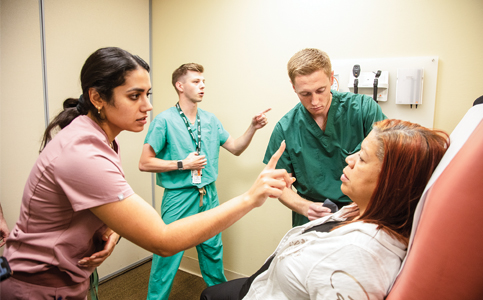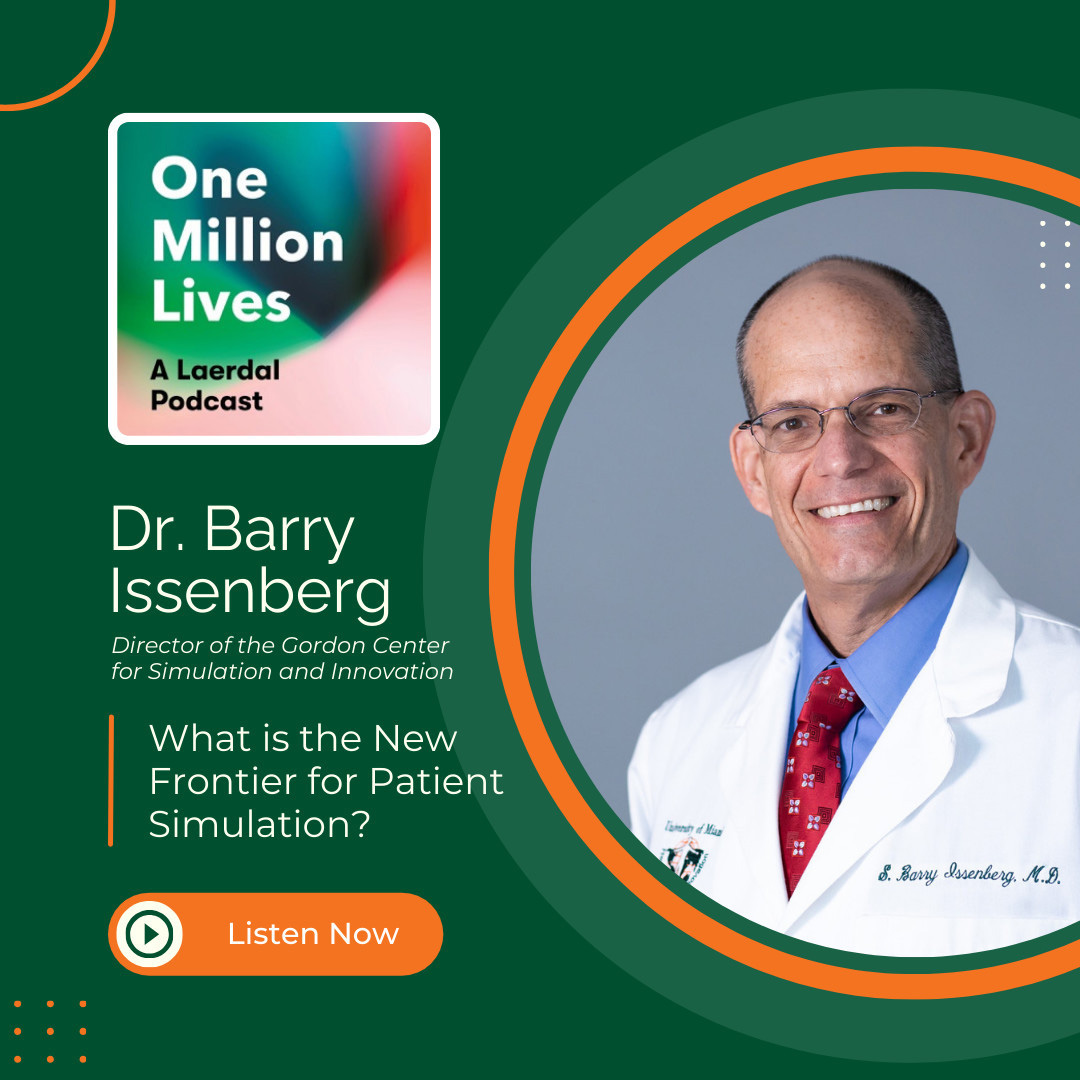May is National Stroke Awareness Month, a time to raise awareness about the symptoms and risk factors of stroke.
About Us
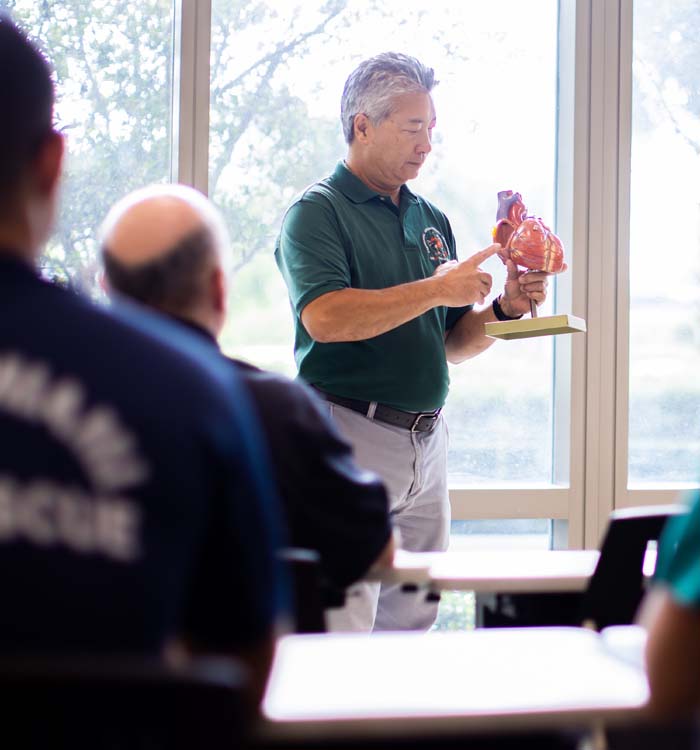
OVERVIEW
The Gordon Center is a designated Center of Excellence within the University of Miami Miller School of Medicine. Established over 45 years ago, the Center is a world leader in healthcare simulation education and research, dedicated to improving the training of health professionals and first responders. The center annually trains approximately 20,000 first responders and front-line clinical providers from Florida, across the U.S. and around the world. Over 2,000 medical centers and agencies across the globe utilize educational systems and training curricula developed at the Gordon Center.
Occupying a 34,000-square-foot state-of-the-art facility, the Center is equipped for simulation and design engineering, as well as production and manufacturing. The complex features a cutting-edge human patient simulators, a standardized patient training area, immersive trauma and disaster training areas, an emergency rescue vehicle, a car designed for extrication of trauma victims, disaster response decontamination showers, and a mock emergency department.
Our most enduring innovation is Harvey®, the Cardiopulmonary Patient Simulator. First unveiled in 1968, Harvey® can simulate a wide range of cardiac diseases, encompassing blood pressure, breathing, pulses, heart sounds, and murmurs. Additionally, the patented simulator mimics lung diseases and offers advantages in portability and cost-effectiveness. A specialized curriculum for nurses has been both developed and successfully evaluated across multiple nursing schools. Today, Harvey® is used to train tens of thousands of learners worldwide.
Our flagship program in prehospital and emergency training is Advance Stroke Life Support (ASLS®) Blended Learning. ASLS Blended is an innovative, 2-part web and skills curriculum developed by the Gordon Center with the American Heart Association, which made ASLS Blended a fourth discipline for the AHA’s network of training centers
HISTORY
“By better training those who serve and protect our citizens and our country, we contribute to a major reduction in mortality,” - Michael S. Gordon, M.D., Ph.D.
Michael S. Gordon envisioned a space where innovation, simulation, and education could seamlessly intersect. His vision began to materialize in the late 1960s with groundbreaking work in medical simulation. This led to the establishment of the Medical Training and Simulation Laboratory in 1980. As the scope of his work expanded beyond simulation, the facility was renamed the Center for Research in Medical Education. In 2005, Gordon's lifetime achievements were honored with the inauguration of the University of Miami Michael S. Gordon Center for Research in Medical Education.
Gordon's contributions have revolutionized healthcare not just in Miami, but globally. A practicing cardiologist, he saw the potential of simulators to enhance cardiac examination skills among medical students. In 1968, he created his first mannequin simulator, Harvey®, named in honor of his mentor, Dr. Proctor Harvey. However, Harvey® was only the beginning. In the 1980s, Gordon introduced an innovative computer-based learning system, UMedic®, designed to train a wide range of healthcare professionals— from students and physicians to nurses, emergency responders, and military personnel— in life-saving techniques.
The Center serves as the home for Harvey® and UMedic®, and its largest division of Pre-Hospital and Emergency Training. The division’s programs are available to medical providers, hospitals, and health systems both nationally and internationally.

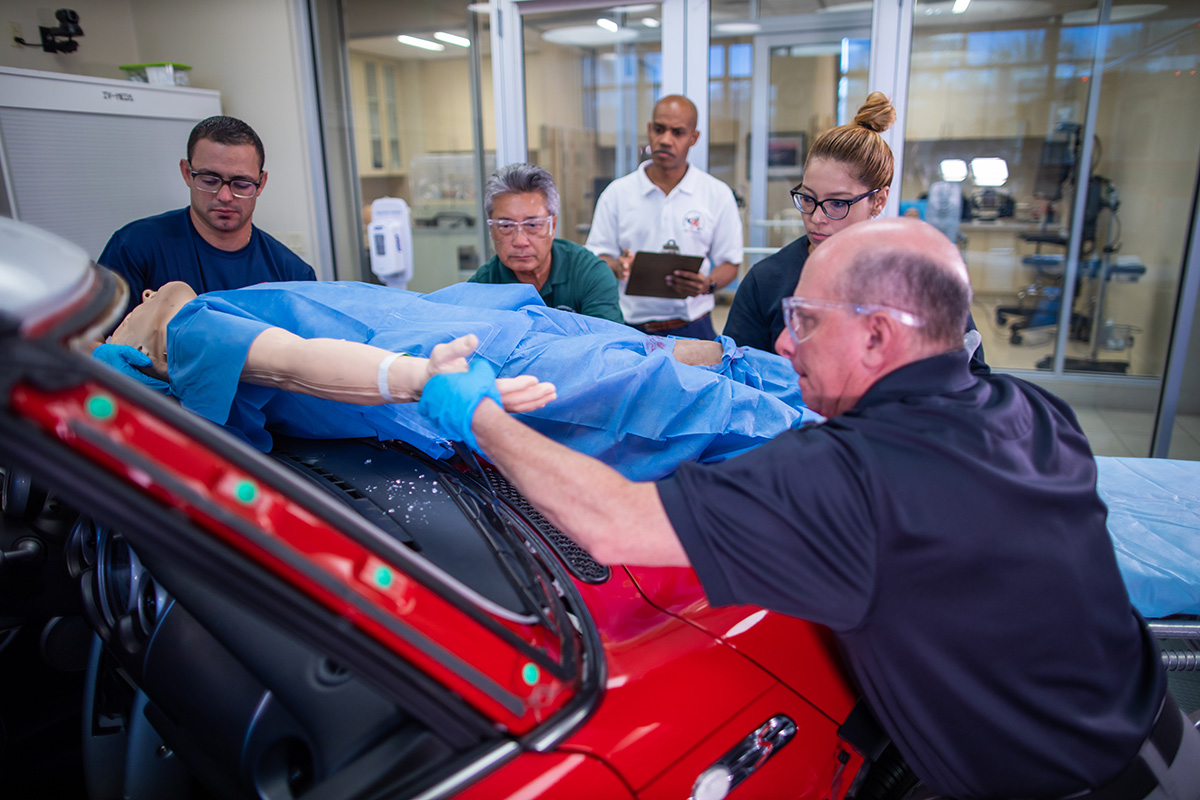
VISION AND MISSSION
Saving lives through simulation technology
- To develop and disseminate innovative curricula for Florida’s first responders (fire-fighters, law enforcement, paramedics, military medics, and other public safety officers), medical students, nursing students, physician assistant students and practitioners in these professions.
- To provide direct training to the target population of healthcare providers with a focus on those who respond to emergency and critical care situations.
- To serve as a resource for these training materials, programs and instructors for other healthcare training and emergency response centers in the state of Florida, across the United States, and around the world.
- To function as a laboratory and hub for research and development in the dissemination and evaluation of advanced multimedia, mobile and simulation technology to healthcare training.
Facilities
The state-of-the-art facility extends over 34,000 sq. ft. and houses a comprehensive training environment equipped with video-enhanced instructional classrooms, an emergency rescue vehicle, car for extrication of trauma victims, disaster response training area specialized for live tissue training decontamination showers and mock emergency department. The Gordon Center also houses the Miller School of Medicine’s clinical skills and standardized patient program that operates through ten patient examination rooms. The team of faculty, digital and multimedia programmers and simulation technicians develop innovative simulation systems in simulation engineering and fabrication facilities.
